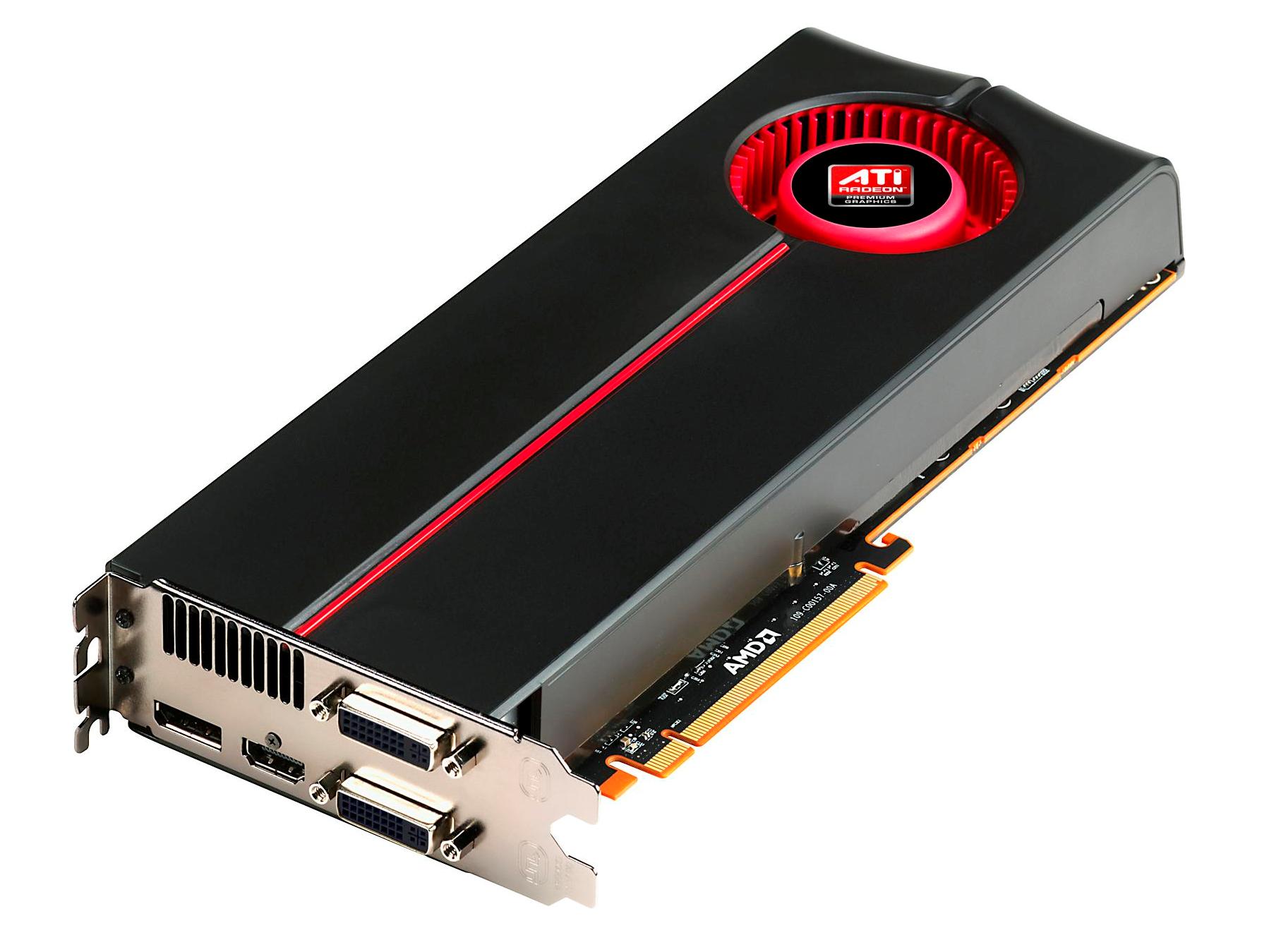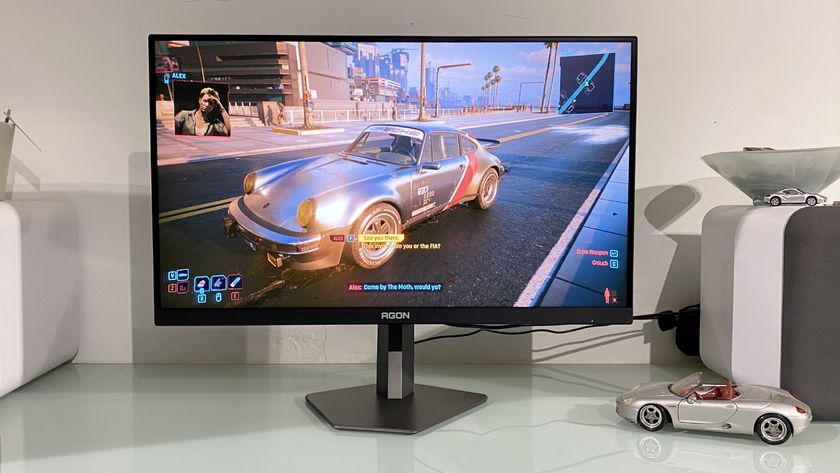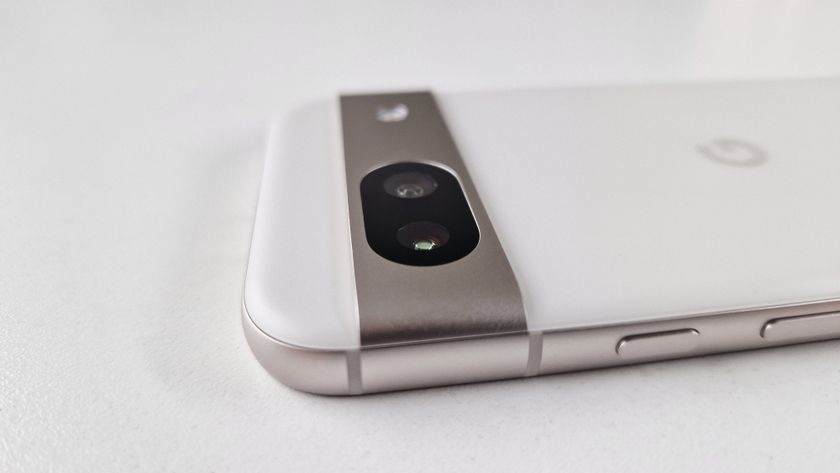Why you can trust TechRadar
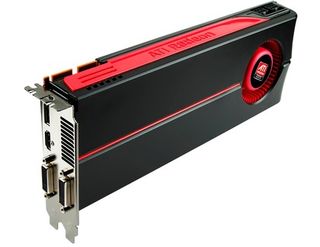
The only area where the doubling up hasn't been applied is the chip's memory bus. It remains a 256-bit item.
However, thanks to GDDR5 clocking in at 1.2GHz (that translates into an effective data rate of 4.8GHz), memory bandwidth increases from 115GB/s to 154GB/s. For the record, the initial version of the 5870 is a 1GB board. No doubt a 2GB monster will follow in the months to come.
As for the clockspeed of the GPU itself, it runs at 850MHz. That's 100MHz faster than the old 4870 managed and on a par with the 4890.
Performance boosts
Make no mistake, therefore, this GPU is a complete monster. The 5870 will be joined soon after launch by the 5850, a slightly cheaper variant with 1,440 shaders, 72 texture units and a lower core clock of 725MHz. It's likely to sell for around £200.
As if that weren't enough, the 5800 series is also the very first DirectX 11 graphics chip. But the three key benefits are improved support for multi-core CPUs, the introduction of the compute shader for general purpose processing and finally tessellation.
In graphics terms, it's the latter that is most significant. Eventually, it should translate in games with much, much more detailed geometry, an area of graphical fidelity that is beginning to look pretty clunky compared to the awesome advances in surface effects and lighting of late.
Anywho, the big showbiz changes aside AMD has also made a number of detailed enhancements to the new chip's architecture.
Most notably, the 5870's shader units have made the leap from the MIMD (Multiple Instruction, Multiple Data) to the SIMD (Single Instruction, Multiple Data) computing model. While the former is theoretically more flexible, the latter is more efficient and arguably a much better fit for a highly parallel architecture like a GPU.
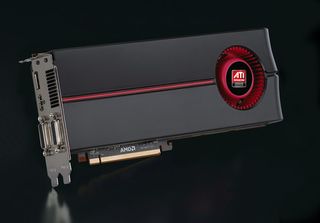
Whatever the truth, Nvidia made the shift from MIMD to SIMD with the GeForce 8 series, so both of the major players in graphics appear to agree it's the best way to get the job done.
Elsewhere, the usual slew of detail tweaks have been made. Everything from the texture units to the ROPs has been polished in the name of improved performance and visual quality.
Not only, for example, is the 5800 series the first graphics architecture capable of truly perfect angle-independent anisotropic filtering. AMD also claims that it delivers 8x anti-aliasing in return for a minimal performance hit compared to the 4x level that is currently the de facto standard.
Consequently, says AMD, the 5800 series cranks out the highest quality pixels ever produced.
Pretty pixels are all very well. But what we at TechRadar really want to know is exactly how fast the new 5870 can pump 'em out.
Current page: ATI Radeon 5870: Performance
Prev Page ATI Radeon 5870: Specs analysed Next Page ATI Radeon 5870: BenchmarksTechnology and cars. Increasingly the twain shall meet. Which is handy, because Jeremy (Twitter) is addicted to both. Long-time tech journalist, former editor of iCar magazine and incumbent car guru for T3 magazine, Jeremy reckons in-car technology is about to go thermonuclear. No, not exploding cars. That would be silly. And dangerous. But rather an explosive period of unprecedented innovation. Enjoy the ride.
Most Popular


